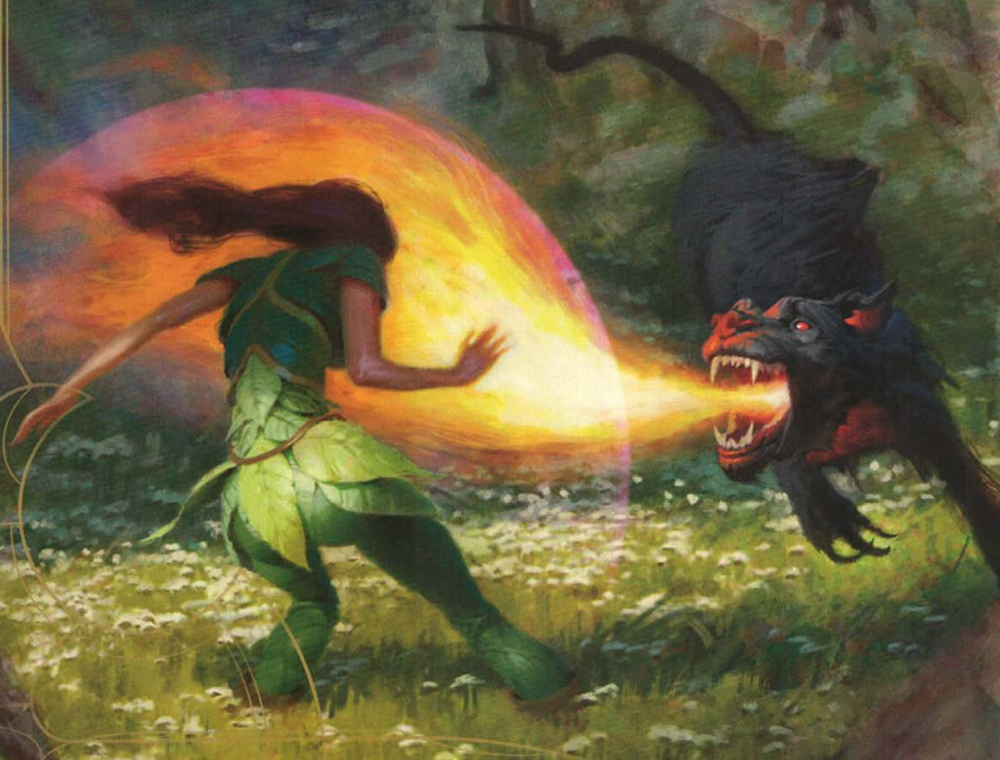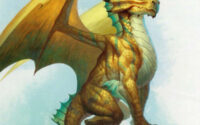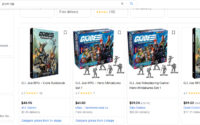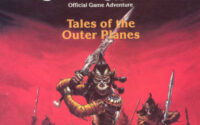Dungeons & Dragons: Players Handbook 5th Edition Overview
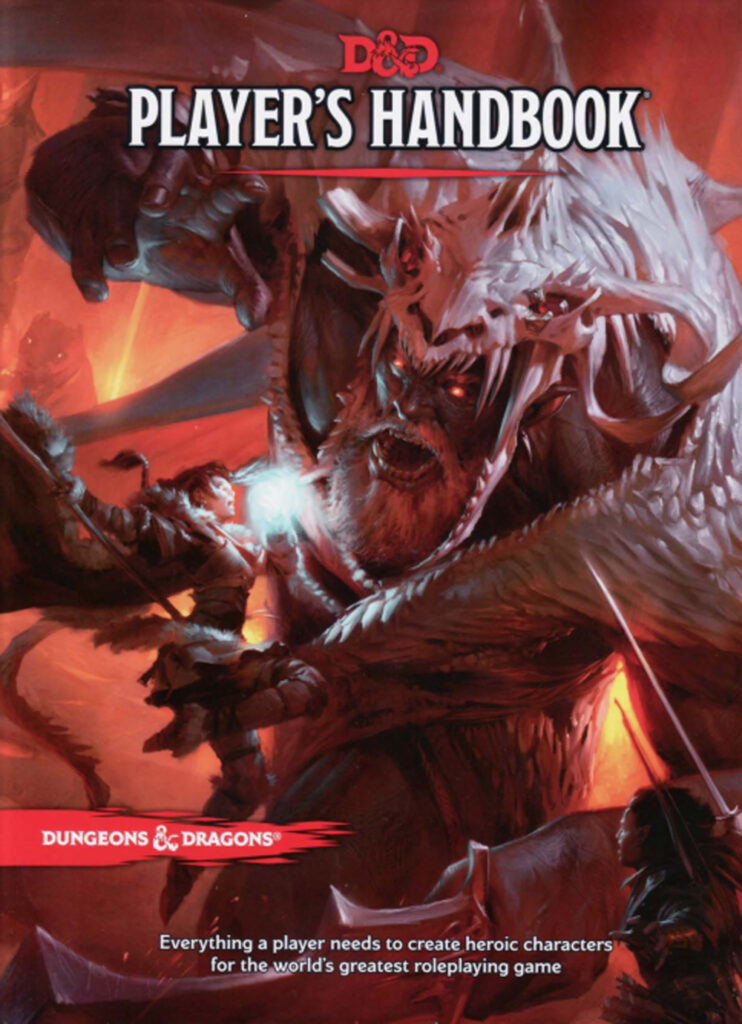
MY LINK: DRAGON ADVENTURES D20 RPG BETA & ADVANCED DUNGEONS & DRAGONS FAN PAGE
The new Dungeons & Dragons Players Handbook 6E is scheduled to be released next year 2024, good timing with the public domain release of the “Lord Of The Rings” and “The Hobbit” series in UK Countries.
I expect to see soon more Dungeons & Dragons / Lord Of The Rings crossovers in the UK Countries where I live now that the Lord Of The Rings series are public domain.
That leads to new adventure book possibilities, I mean this open content can now be used in Dungeons & Dragons adventures, stories etc. from Lord Of The Rings, when I walk through the 5E Players Handbook maybe think of those Lord Of The Rings stories for backgrounds in your Dungeons & Dragons adventures.
Use those free public domain ideas for your own examples such as, Hafling can now be Hobbit…things like that.
Now you can say Hobbit instead of Halfling in Dungeons & Dragons in the UK starting January 1, 2024 and all Hobbit and Lord Of The Rings characters and stories can now all be used in new Dungeons & Dragons adventures.
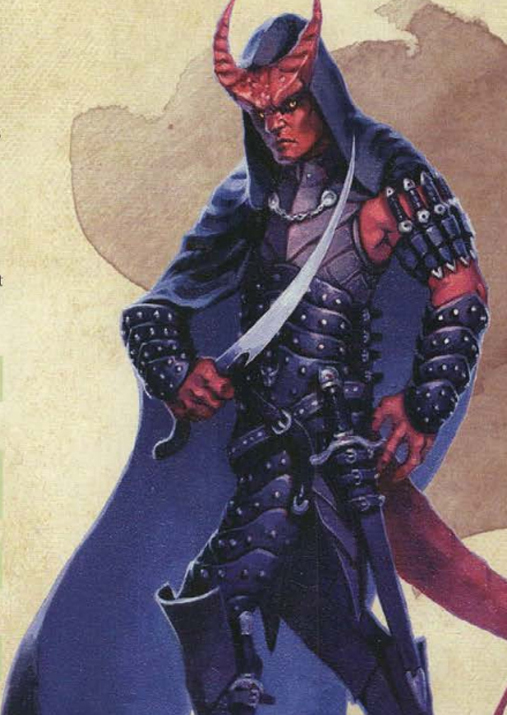
Remember….
My D20 RPG Beta Game Dragon Adventures is completely listed on D20 as Open Source on their Open Game License.
That free D20 open source beta RPG game starting next January will have open Hobbit and Lord Of The Rings material in my beta game, including walk throughs of The Hobbit and Lord Of The Rings on Dragon Adventures.
My point, Frodo in the game is an “Unearthed Arcana” character with Hobbit background…I listed him as a Hobbit for my future release notes, not out yet, as a “giant halfling” from Advanced Dungeons & Dragons like a Hill Giant in Unearthed Arcana…I mean using Ability Score Column 2 and scores from 19 – 25 to play as the characters in Lord Of The Rings and The Hobbit on Dungeons & Dragons.
J.R.R Tolkien died 1973, so that’s free material probably right now in 2023 in the UK Countries, January 2024 is past that public domain release date.

Dragon Adventures D20 RPG Beta (Campaign Setting) I have decided uses Dungeons & Dragons 5E on the open source gaming community.
My original RPG game code was developed in Beta Testing using the abandoned Advanced Dungeons & Dragons where we discovered a game patch to continue to expand all official rules in the first version to all levels and characters in the first game that I have now written for Dungeons & Dragons 5E on Dragon Adventures .
I’ll list some of the examples here of the differences between Dungeons & Dragons 5E and Dragon Adventures (expanded Advanced Dungeons & Dragons patch on 5E D20 Open Source).
All current books are supposed to be compatible with from Dungeons & Dragons 5E to Dungeons & Dragons 6E when it is released, so now is a good time to review Dungeons & Dragons 5E Players Handbook for open source D20 RPG’s.
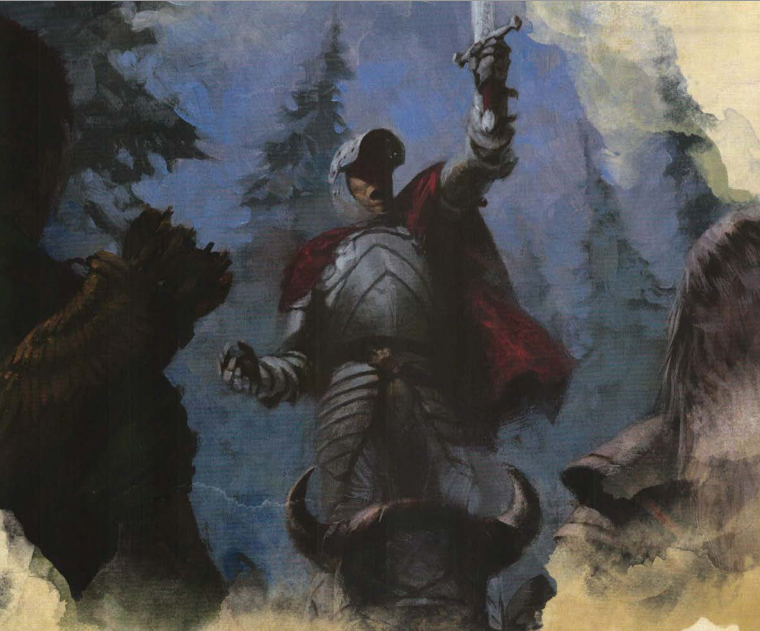
Problems With Dungeons & Dragons Open Source.
- Dice
- Combat Systems
Dragon Adventures D20 RPG Beta currently runs on and always run on D20…however I have still not decided about these two problems in Dungeons & Dragons D20, I mean it needs to be open source plus free pictures to make your own books.
Overcoming the Problems:
- Play with 6 sided dice only, or use Yahtzee format.
- Invent New Combat system, don’t use the term “ability score”.
Dragon Adventures, dice and combat not yet determined, has already accounted for these problems with D20 and has a new developed system developed outside of D20 so I mean I say D20 and then use all the game content then I threw out the copyright section for my official version, the beta is the same as today.
Replacing the dice in D20.
D20 uses uncopyrightable shapes for dice called “Dragon Dice” that you can’t use in your non D20 published game.
Dungeons & Dragons uses the following dice:
4 sided, 6 sided, 8 sided, 10 sided, 12 sided and 100 sided.
Replace with 6 sided dice, and then use a new combat system (not yet listed) to make the 5E manual completely open source for your D20 game, then stop saying ability score.
New Dice Requirement.
4 sided: Use one 6 sided dice and only count numbers 1 – 4.
6 sided: Use the same 6 sided dice.
8 sided: use two 6 sided diced for a total of 12 on the roll and only count up to 8 and scrap the last four numbers, keep re-rolling until you roll under and 8 and just don’t count the one OR say 2 on the dice is one and 9 is 8 on two six sided like that.
10 Sided: Just like above use two six sided and drop the last two numbers.
12 sided: Use two 6 sided dice.
20 sided: Use four six sided dice and then like above only count up to 20 out of 24 OR say rolling 4 on this set is a 1 and then and then a 24 is a 20.
You have to do a little math but it works in beta testing to run the game with no “Dragon Dice”.
Then stop saying “ability score” somehow and make new combat table system.
For this 5E Players Handbook brief walk through just assume normal game play on D20 with Ability Scores and Dragon Dice.
UPDATED: Also, for Combat etc. you can devise your own system using 6 sided dice and then assign any numbers to the adventure. Say, Players get two six sided dice and monsters get one..then start with that for easy game play off D20.
That makes your own RPG game off D20, or you can say D20 and then not use the dice or combat tables then use only open source from the Official Game Books.
OR: Roll using the first numbers on 6 sided dice say 4d6, for scores 4 – 24 then say anything that is rolled 4 is a 1 or let players pick the number based on 1 – 4 with a pre-determined action for each low score that the player picks, then scores 21 – 24 assign them to a random event action, say 24 for example could be assigned as a random event or random reward in the game for numbers over the 1 – 24.
REMEMBER: Dragon Adventures owns on D20 Ability Score Column 2 and all functionality, but has been released on open source RPG under D20.

DUNGONS & DRAGONS 5E PLAYERS HANDBOOK OVERVIEW:
To be a top Dungeons & Dragons player I recommend memorizing this manual to build your skills to defeat the Dungeon Master.
The Dungeons & Dragons Players Handbook is the Official Rule Book of Dungeons & Dragons, it is broke up into three sections.
- Creating A Character
- Playing The Game
- The Rules Of Magic
Note: In 6E race has been rumored to changed to species but I don’t know how this will work because race and species mean different functions.
How I take the rule is that a species can have many races so maybe their will be different colored monsters in future versions to expand the race section under the species category like Human in this version as a species can many colors of skin in the game.
I mean do different races within a species have different skills?
Of course they do, but this has nothing to do with anything in the game.
I just mean the player CHOOSES species and race and then determines their own background, so in the game they just mean that the color they picked for the race of the character had the skill they wanted over the other same one that didn’t.
So in the expanded character background section this just means the player picked the Brown Orc for example and gave them a background over the other Brown Orc or other color Orc that they chose not to use.
This helps the visual aspect of the game in picture format just to show different colors of the species with different skills that the player picked for their visual aspect of the game.
This version of the Players Handbook and all others so far use only race and not species.

PART 1: CREATING A CHARACTER
Pick Your Character:
- Choose a race.
Chapter two in the Players Handbook has all the races listed, read this section and pick your favorite character from the following list.
Dwarf, Elf, Hafling, Human, Dragonborn, Gnome, Half-Elf, Half Orc, Tiefling.
Remember, after you pick the race of your favorite character later you can pick different backgrounds that will add ability score bonuses to your character.
Pick Your Favorite Class (Type of Adventurer Skill Set example, Sword Fighter or Magic User, From This List, You Have 12 Options:
- Barbarian
- Bard
- Cleric
- Druid
- Fighter
- Monk
- Paladin
- Ranger
- Rogue
- Sorcerer
- Warlock
- Wizard
After this point you have created the main section of character, now add your ability score bonuses etc. after you select your ability scores.
Character Bonuses & Equipment:
Select character backgrounds for background ability score bonuses, then add equipment.
I recommend selecting backgrounds and equipment that fit your character for your specifc adventure to get the most out of your character selections.

PART 2: PLAYING THE GAME
This section contains three parts Ability Scores, Adventuring and Combat.
Ability Scores determine a characters strengths during game play.
Adventuring includes time, movement, game environment, social interaction, resting, game play between adventures (character sheet maintenance, experience point calculations, hit point recovery for rest period, magic item and new weapon practice and character sheet assignments etc.)
Combat means fighting during the game using the weapon and magic options for your characters game adventure.
Section includes order of combat, movement and position, actions in combat, making an attack, cover, damage and healing, mounted combat and under water combat.
NOTE: Dragon Adventures has expanded this section with new options, combat rules still not determined in game beta.
PART 3: THE RULES OF MAGIC
This section includes the rules on spells and spell casting.
The last section includes Game Appendices and Players Handbook reference term index.
This concludes my Dungeons & Dragon 5E Players Handbook overview, memorize this sheet and Players Handbook to combat the Dungeon Master with Official Players Handbook Game Play.
Remember, new Dungeons & Dragons adventure modules are supposed to be compatible with the next version 6E so learn this rule book to prepare for the game changes in Dungeons & Dragons 6E.
